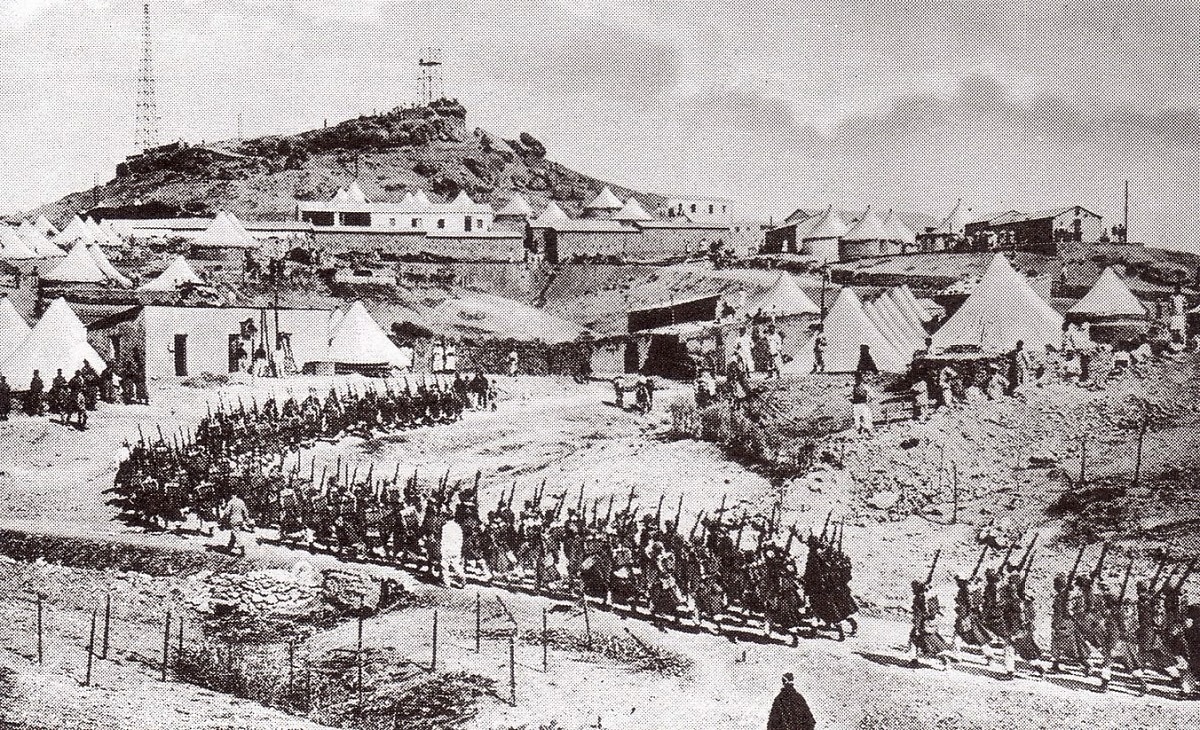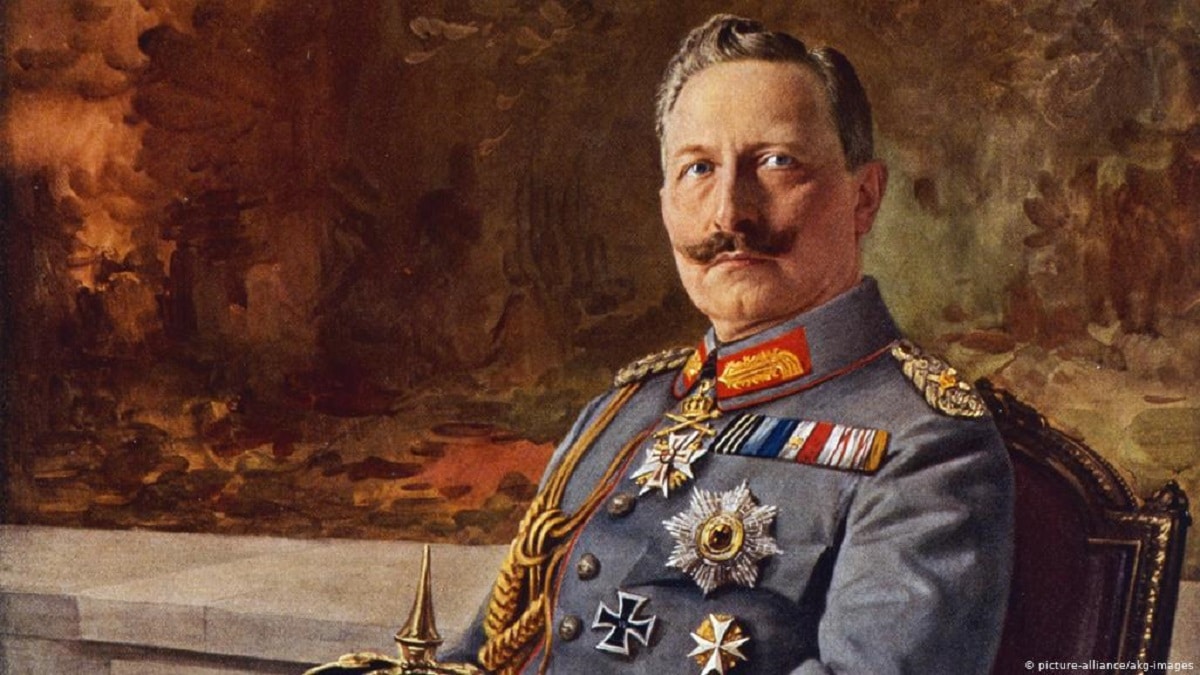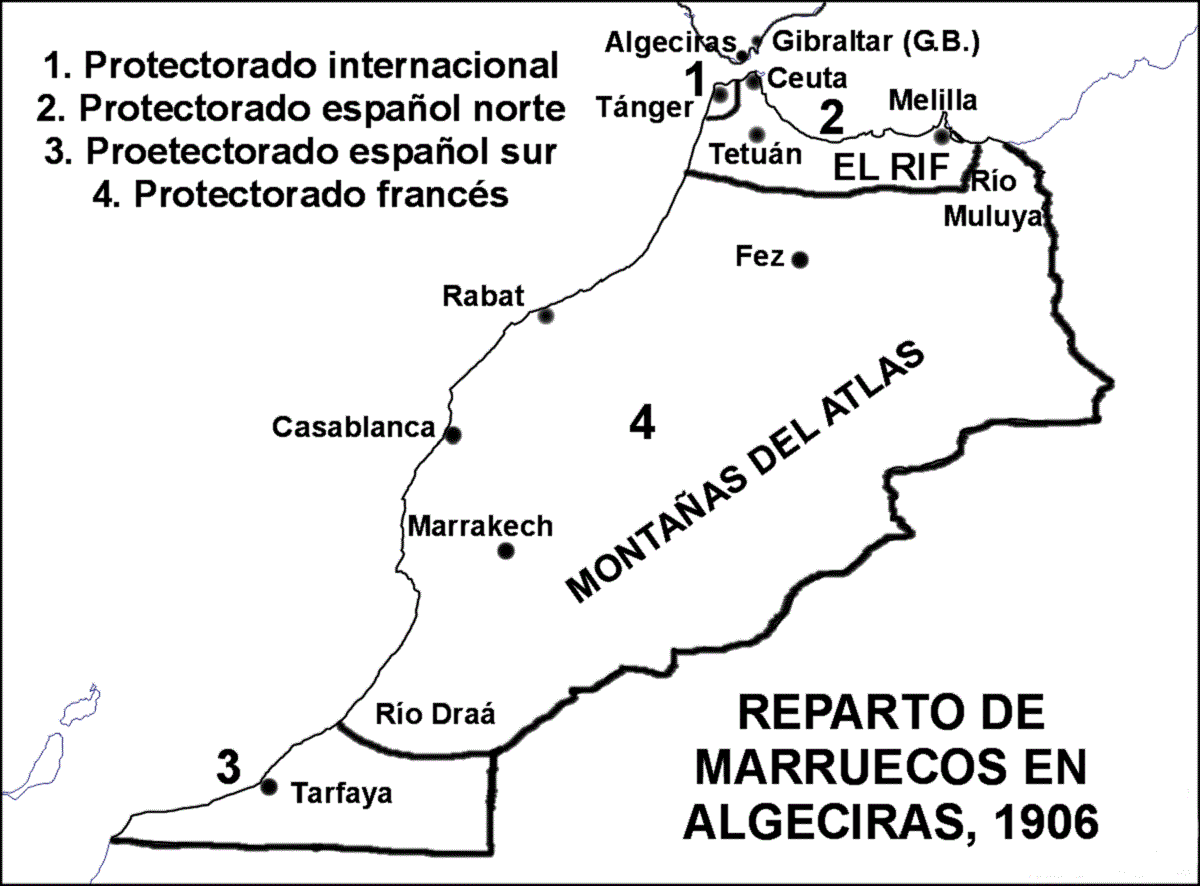
Before World War I, the world shook at the possibility of conflict between the great European powers of the time. The epicenter of the problem was in the city of Tangier, where what modern history has called First Moroccan Crisis, between 1905 and 1906.
To understand everything that happened between March 1905 and May 1906 around the city of Tangier, one must know what the geopolitical context of the time was. In Europe, and by extension in the rest of the world, there was a tense international atmosphere among the great powers. They called it the Armed Peace. The perfect breeding ground for the great war that would take place just a decade later.
In those years UK and France had made an alliance known by the name of Cordial agreement. The foreign policy of these countries was based on trying to isolate Germany of international spheres of influence, especially in Asia and Africa.
Within this game, in January 1905 France had managed to impose its influence on the sultan of morocco. This particularly concerned the Germans, who viewed with concern how their rivals thus controlled both approaches to the Mediterranean. So the Chancellor Von Bülow He decided to intervene, encouraging the Sultan to resist the pressure of the French and guaranteeing him the support of the Second Reich.
The Kaiser visits Tangier
There is a date to set the start of the First Moroccan Crisis: March 31, 1905, when Kaiser Wilhelm II visits Tangier by surprise. The Germans anchored their powerful fleet off the port, making a show of force. The French press vehemently proclaimed that this was an act of provocation.

Kaiser Wilhelm II
Faced with the growing malaise of France and its allies, the Germans proposed holding an international conference to seek an agreement on Morocco and, incidentally, on other North African territories. The British rejected the idea, but France, through its foreign ministers teophile delcasse, agreed to discuss the matter. However, the negotiations were scrapped when Germany clearly positioned itself in favor of Moroccan independence.
The date of the conference was fixed for May 28, 1905, but none of the summoned powers responded positively. In addition, the British and Americans decided to send their respective war fleets to Tangier. The tension increased.
The new French foreign minister, Maurice rouvier, then raised the possibility of negotiating with the Germans to avoid a more than possible war. Both countries had reinforced their military presence on their respective borders, and the possibility of a full-scale armed conflict was more than certain.
The Algeciras Conference
The first Moroccan crisis remained unsolved due to the increasingly confronted positions between Germany and those who years later would be its future enemies. Especially the British, who were willing to use military force to stop the Reich's expansionist cravings. The French, who feared being defeated in a military confrontation with the Germans on European soil, were on the other hand less belligerent.
Finally, and after many diplomatic efforts, the Algeciras Conference. This city was chosen because it is close to the conflict zone and in neutral territory, although Spain at that time it was slightly positioned on the Franco-British side.

Distribution of the zones of influence in Morocco according to the Algeciras Conference of 1906
Thirteen nations participated in the conference: the German Empire, the Austro-Hungarian Empire, the United Kingdom, France, the Russian Empire, the Kingdom of Spain, the United States, the Kingdom of Italy, the Sultanate of Morocco, the Netherlands, the Kingdom of Sweden, Portugal, Belgium and the Ottoman Empire. In short, the great world powers plus some countries directly involved in the Moroccan question.
End of the First Moroccan Crisis
After three months of negotiations, on April 17 the Act of Algeciras. Through this agreement, France was able to maintain its influence over Morocco, although it promised to undertake a series of reforms in this territory. The main conclusions of the conference were the following:
- Creation in Morocco of a French Protectorate and a smaller Spanish Protectorate (divided into two zones, one to the south of the country and the other to the north), subsequently initialed in the Treaty of Fez of 1912.
- Establishment of a special status for Tangier as an international city.
- Germany renounces any territorial claim in Morocco.
In fact, the Algeciras conference ended with a step back from Germany, whose naval power was clearly inferior to that of the British. Even so, the First Moroccan Crisis was closed in false and the dissatisfaction of the Germans gave rise to a new critical situation in 1911. At times the scene was not Tangier, but Agadir, a new situation of international tension known as the Second Moroccan Crisis.